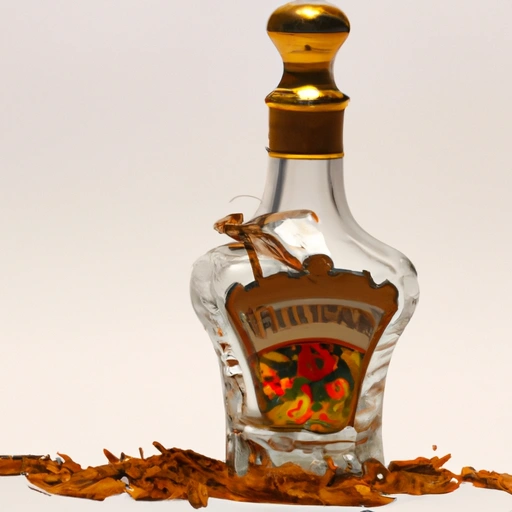Pernod
Description

Pernod is a unique anise-flavored liqueur that originated in France and has become a beloved ingredient in both culinary and mixology circles worldwide. It is known for its distinct licorice flavor, which comes from star anise, a spice known for its sweet, subtle heat. Pernod is typically used in small quantities to impart its characteristic taste to a variety of dishes and cocktails. When it comes to measurements, Pernod can be quantified in both metric (milliliters) and imperial (fluid ounces) units, making it accessible to international audiences familiar with different systems.
Common uses
Pernod is most commonly used as a flavoring agent in both food and drink recipes. In the kitchen, it is often added to seafood dishes, soups, and sauces to provide a hint of anise flavor. In the realm of mixology, Pernod is used to create classic cocktails such as the Sazerac and the Pernod Fizz, and is also a popular addition to Bloody Marys. Its versatility makes it a valuable ingredient for chefs and bartenders alike.
Nutritional value
Calories
As a liqueur, Pernod is relatively high in calories. A standard serving size of 1 ounce (28 ml / 2 tablespoons) contains approximately 70 calories.
Protein
Pernod contains no protein, as it is not sourced from animal or plant protein components.
Fat
There is no fat present in Pernod, making it a fat-free ingredient in recipes and drinks.
Carbohydrates
Carbohydrates in Pernod come primarily from sugars, with a 1 ounce serving typically containing about 7 grams of carbohydrates.
Vitamins
Pernod does not contain significant amounts of vitamins.
Minerals
There are no notable minerals in Pernod.
Health benefits
While Pernod is not generally consumed for its health benefits, the anise seed that flavors it has been known to aid in digestion and reduce bloating. However, these benefits are likely to be minimal due to the small amounts of Pernod typically used in cooking and drinks.
Potential risks
The primary risk associated with Pernod, as with any alcoholic beverage, is its potential to contribute to excessive alcohol consumption if not enjoyed in moderation. It should be used sparingly in cooking and cocktails to avoid adding significant amounts of alcohol to dishes, particularly when serving to individuals who may be sensitive to alcohol.
Common recipes
Pernod is often incorporated into recipes for seafood dishes such as bouillabaisse, oysters Rockefeller, and various sauces like beurre blanc. It can also be used to flavor desserts that pair well with its anise profile, such as panna cotta or fruit tarts.
Cooking methods
When cooking with Pernod, it is typically added into sauces, soups, or stews where it can simmer and meld with other flavors. It can also be used in flambéing to add both flavor and a dramatic presentation to dishes.
Pairing with other ingredients
The anise flavor of Pernod pairs well with seafood, poultry, and pork. It can also complement the flavors of fennel, citrus, and herbs such as tarragon and basil. In cocktails, it pairs well with citrus juices, grenadine, and other liqueurs.
Summary
Pernod is a versatile anise-flavored liqueur that has made its mark in both kitchens and bars around the world. Its distinct flavor can be used in a variety of dishes and drinks, making it a valuable ingredient for many culinary endeavors. While it is high in calories and should be used in moderation, Pernod remains a popular choice for adding a French touch to recipes and creating intriguing and flavorful cocktails.